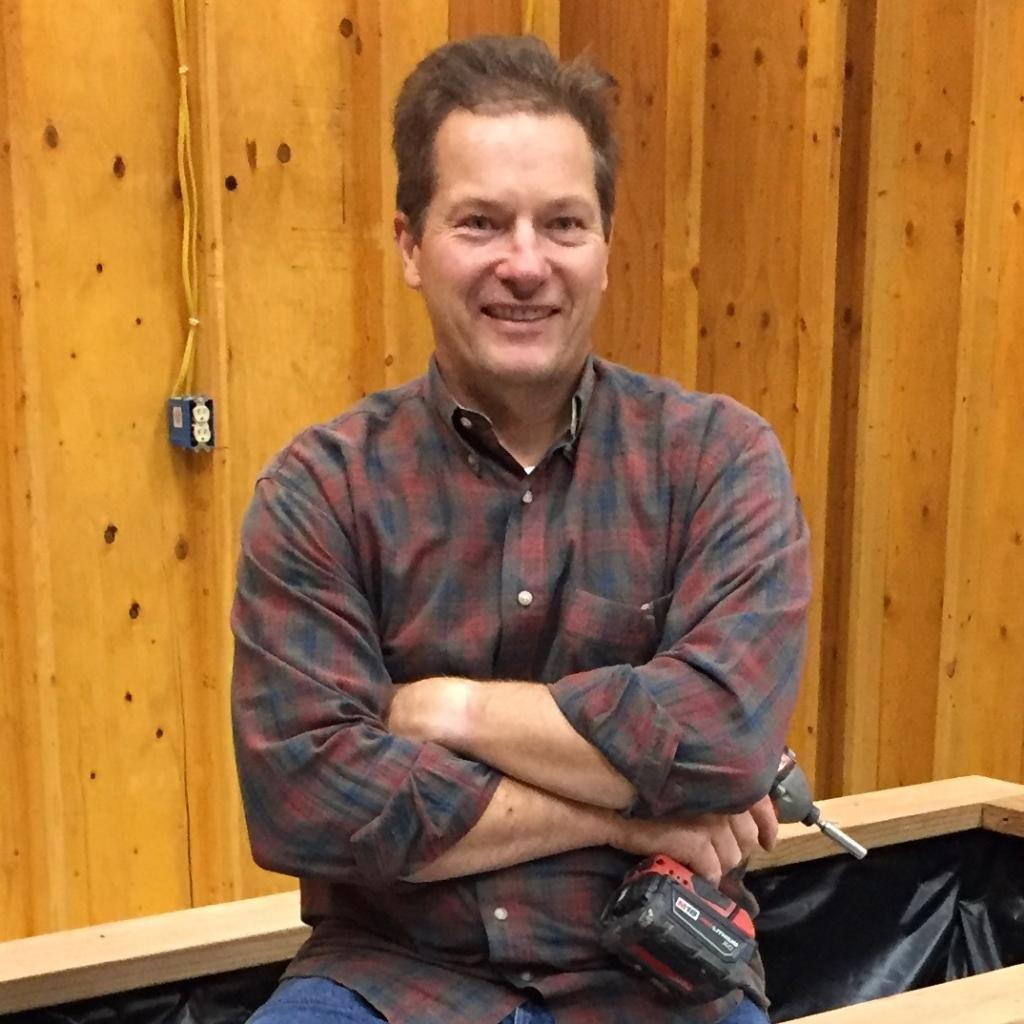Primary Image

Repairing hairline cracks in drywall, plaster, concrete, brick
Does your remedy for cracks in concrete also hold true for stucco repair that are hairline cracks ?
Hi, AP: Stucco and concrete are two different animals, so you have to be careful. Any type of rough handling or scraping or chiseling can break stucco such that pieces can crack further or fall off. Superglue, from a tube with an extremely fine (pin-size) opening, can be a solution. Find an unobtrusive crack and try a little stretch. If for some reason this doesn't work, your next step would be an extremely fine bead of clear silicone caulking. Good luck!
@Sylvia Griffin as explained if you are having a consistent problem with your dry wall, even after repair; it could be a problem of the house settling down. Since this is not always uniform process, you must get the house inspected. If this is not a problem, then you must seek professional assistance to repair the wall properly once and for all.
We have an area in our drywall that cracks every year, even after we repair it in the correct manner. This has been going on for about 5 years now. We have done everything we know of to prevent this. Can you give us any suggestions that may stop this?
Thank you,
Sylvia & Charles Griffin










Comments